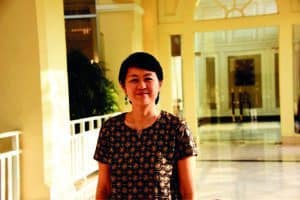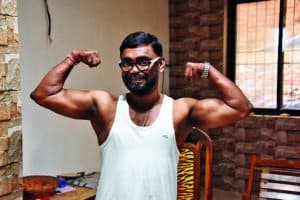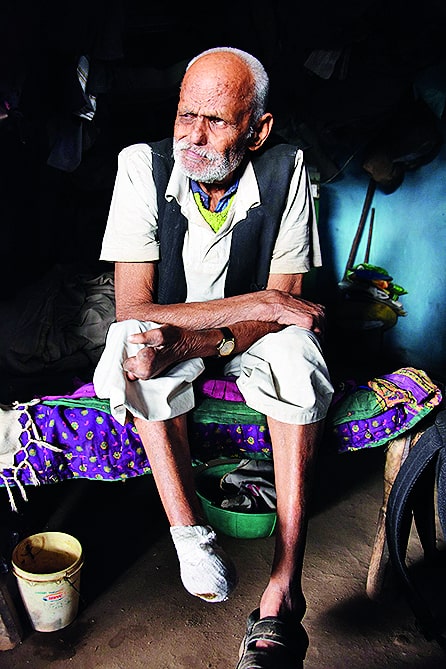An exhibition of photographs, 50 of them taken in India, tell the tale of patients who still carry a stigma because of their disease
“I have to play dead so that my family can live in their village without stigma,” reads the quote of one of the many emotive photographs at the leprosy photo exhibition titled “Our lives”.
Organised by the Nippon Foundation at the India International Centre, it aims at altering the perception of society about the disease and the stigma that comes along with it.

Over the past 16 years, Natsuko Tominaga has been working with the Nippon Foundation as a photographer. The foundation is committed to eliminating discrimination against people afflicted with leprosy. “Their lives are similar to ours,” she says explaining the title of the exhibition.
She has travelled across the world to capture the daily struggles of leprosy patients and their families. The exhibition has 90 photographs on display, 50 of which are from India. These photos, taken during her visit to four self-settled leprosy colonies in India last December, document the hardships and stigma they encounter throughout their lives.
India is home to almost 60 per cent of the newly detected leprosy patients across the globe. Driven away from their hometown, they have no alternative but to live in the leprosy colonies with others suffering from the same. Natsuko recalls instances when children of the patients were denied admission to schools upon noticing their address was one of the leprosy colonies.

Pointing to a photograph of Prakash Kulkarni and his family, a cured leprosy patient from Maharashtra, she calls it one of her favourites. He got cured of the disease in school and went on to live a healthy life. His wife, aware of his condition, said, “You had leprosy. Our marriage will send a strong message to society.” The picture with three generation conveys the message that with the support of family, nothing can hold patients back.
Admitting that she was apprehensive in the beginning, she states that it was lack of knowledge that made her uneasy. It is this ignorance that she wants to address through her work. “People lack accurate information, which causes this irrational fear. Perceived as a contagious and incurable disease, they are abandoned and discriminated for these baseless misconceptions,” she said.
Emphasising the need to integrate the patients in society, she calls everyone to raise awareness about leprosy as a completely curable disease. She hopes that she can contribute towards creating a movement for social change and encourage people to reflect on why they discriminate. So, take a look at the photographs any day of the week till May 1.
As Mother Teresa said, “The biggest disease today is not leprosy or tuberculosis, but rather the feeling of being unwanted, uncared for, and deserted by everybody.”





